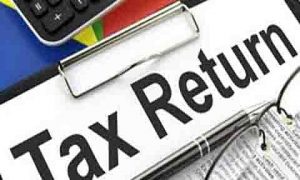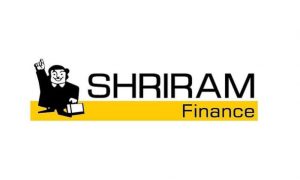Attracted by the history of lucrative long-term returns of equity mutual funds (MFs) and to avail the convenience of seamless payment of LIC premium by linking debt fund folio of LIC Mutual Fund with the LIC policy, Nitin (name changed) invested in both equity and debt funds.
Being a salaried person, he used to file ITR-1, but at the time of e-filing of Income Tax Return 2019-20, he got confused as auto redemption of some units of LIC Liquid Fund, to automatically pay the desired premium amount on due date, resulted into short-term capital gain (STCG) on debt fund.
“Gain on debt fund has to be shown as capital gain in ITR-2,” replied Prof. Rahul Ranjan, Financial Coach & Corporate Trainer, when asked which ITR Nitin should file.
Along with STCG on debt funds, from last year, any capital gain from any category of MFs would make a taxpayer disqualified to file ITR-1. This is because long-term capital gain (LTCG) in excess of Rs 1 lakh from redemptions of equities and equity-oriented funds made in a financial year have now made taxable, while such LTCGs were completely tax free before.
Not only redemptions, but switching from one fund to another or from one option to another (e.g. dividend to growth etc.) or from one plan to another (e.g. regular to direct and vice versa) would result into disqualification of filing ITR-1.
“Switching is basically withdrawal of money from one scheme of mutual fund and investing in any other scheme without actually bringing withdrawal money to the Bank,” said Ranjan.
Knowing that he has to file ITR-2 to reveal the STCG on debt fund and also to reveal the LTCG on a close-ended equity fund, which was matured last year, was not the end of confusion for Nitin, but starting of lot more confusion, as out of the comfort of the pre-filled 6-page ITR-1, he got totally lost after opening the Excel Utility of 26-page ITR-2.
Moreover, under the STCG part of Capital Gain (CG) page on ITR-2, there was no specific mention of debt funds or debt MFs, while that from sale of land/building and from sale of equity share/equity-oriented MFs, with or without STT, were clearly mentioned.
“To avoid such issues, we purchase tax filing software,” said CA Ravi Kumar Singh.
While Chartered Accountants rely on software to make ITR filings easier and faster, it may be understandable how difficult and time consuming would filing ITR-2 be for a salaried person, if it at all possible for him to file of his own.
For more updates: Like us on Facebook and follow us on Twitter & Instagram





































